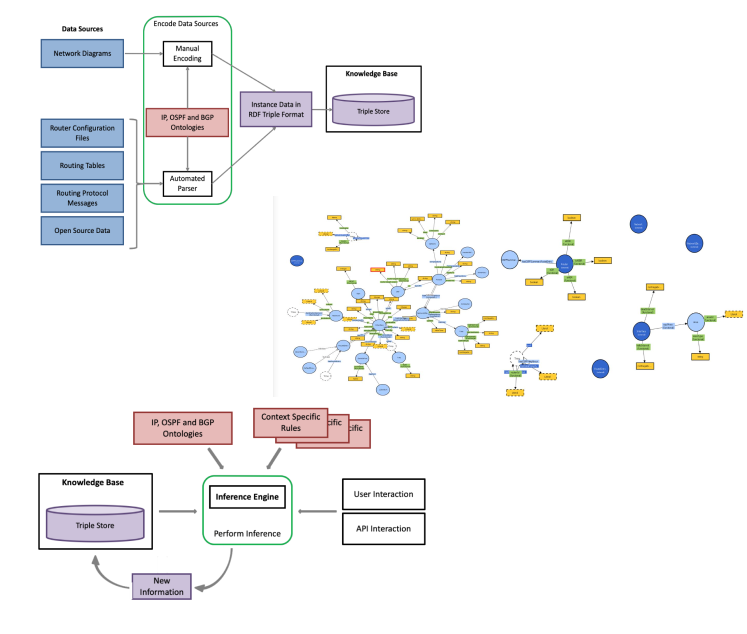A growing number of nations have implemented laws enabling extensive surveillance of network activities within their borders. Consequently, when internet traffic enters these countries, it becomes subject to local regulations and surveillance practices. This situation necessitates that individuals, organizations, including ISPs, and governments be capable of tracing the routes of their data traffic and identifying the countries it passes through. This knowledge is crucial, especially for those wishing to avoid routes through countries known for nation-state mass surveillance, thereby protecting their data from unwarranted scrutiny.







